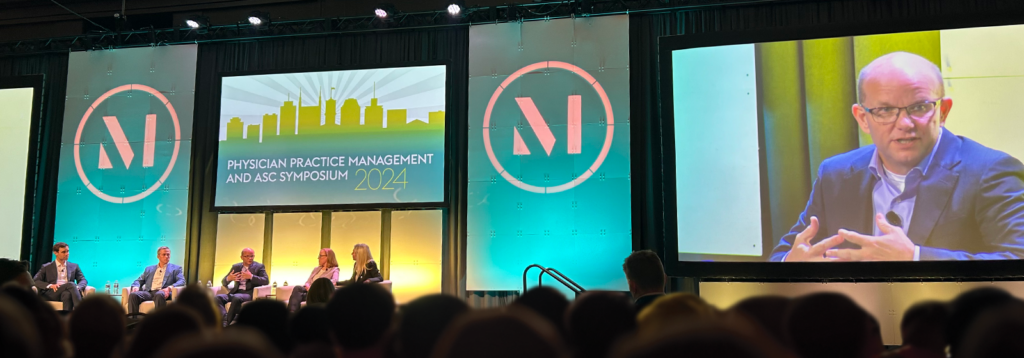
By Jeff Snodgrass, President and Chief Executive Officer of AMSURG
As healthcare costs continue to rise in the U.S., addressing the drivers of unnecessary costs while improving the quality of care for patients is crucial. Ambulatory surgery centers (ASCs), which offer outpatient surgery services, are increasingly appealing options for physicians and patients. ASCs deliver outstanding patient outcomes from a growing list of surgical procedures while offering lower costs for patients and payers, including the federal government.
ASCs are tackling some of healthcare’s most significant challenges in major ways.
Reducing Costs for Patients and Payers
More than 80 percent of surgeries are now performed in an outpatient setting, according to the Ambulatory Surgery Center Association (ASCA). ASCs are highly regulated, freestanding medical facilities that offer high-quality, high-value, same-day preventive services and surgical procedures focusing on patient experience.
For patients and procedures that qualify, a procedure performed at an ASC is a viable, cost-saving option. By choosing an ASC, patients’ out-of-pocket costs may be significantly lower for some procedures, as they don’t incur the higher fees associated with a hospital setting. Instead, the patient is discharged from the facility the same day as the procedure to safely recover at home.
For example, compare three popular procedures’ costs using a national average at an ASC vs. a hospital outpatient department (HOPD) based on data:
ASCA reports that non-Medicare patients choosing ASCs for procedures create $42.2 billion in annual savings in healthcare spending. Medicare patients being cared for in an ASC setting resulted in $4 billion in annual Medicare savings.
Technology is a Driver for ASCs

Physicians at ASCs have added minimally invasive, robotics-assisted joint replacement systems at some ASCs. Advantages to undergoing this procedure include a reduced risk of infection and complications and less pain after surgery, reducing the need for pain medication. Patients experience faster recovery times, translating to quicker return to their daily routine.
Tristan A. Altbuch, MD, an AMSURG partner physician, performs robotics-assisted joint replacements at The Orthopedic Surgery Center of Gainesville in Florida. He said procedures at ASCs benefit patients and their recovery.
“Ambulatory surgery centers are designed for rapid recovery,” Dr. Altbuch said. “They’re designed for patients to easily transition from the pre-operative area to the surgical suite, to the post-operative area, to home, and they are experts at it. At our facility, we have an expert team of nurses, anesthesiologists, surgical techs, and recovery room nurses to help our patients get through this process seamlessly.”
In addition, some ASCs are integrating state-of-the-art technology using Artificial Intelligence in colon cancer screenings. This tool improves the findings of a colonoscopy by assisting our doctors in identifying polyps that can lead to colon cancer. The system also provides real-time analysis to enhance the Adenoma Detection Rate.
Doctors remove precancerous polyps during the same procedure, reducing the risk of cancer development, minimizing the need for subsequent procedures, and empowering patients to receive timely interventions, leading to improved long-term survival rates.
The future is bright for ASCs as we work to address patients’ and physicians’ needs while lowering the cost curve for healthcare spending in the U.S.
Jeff Snodgrass is President and CEO of AMSURG, an independent leader in ambulatory surgery center services. The company operates a network of approximately 250 surgery centers nationwide.
[1] “Procedure Price Lookup for Outpatient Services.” Medicare, medicare.gov, https://www.medicare.gov/procedure-price-lookup/cost/29873. Accessed 28 June 2024.
[2] “Charted: How the cost of 6 common procedures varies by setting.” Advisory Board, 18 September 2023, https://www.advisory.com/daily-briefing/2023/09/18/procedure-costs. Accessed 28 June 2024.
[3] “Charted: How the cost of 6 common procedures varies by setting.” Advisory Board, 18 September 2023, https://www.advisory.com/daily-briefing/2023/09/18/procedure-costs. Accessed 28 June 2024.

